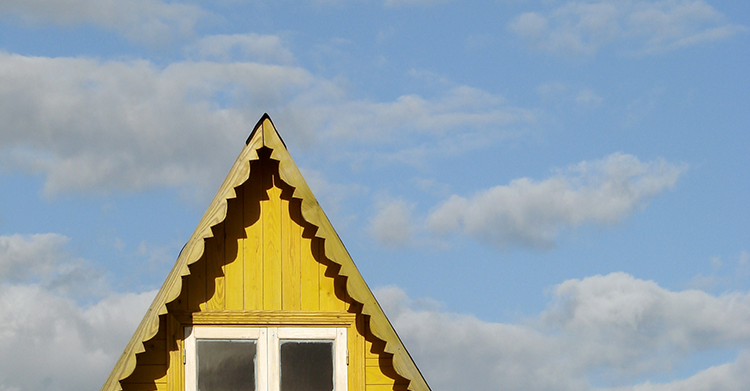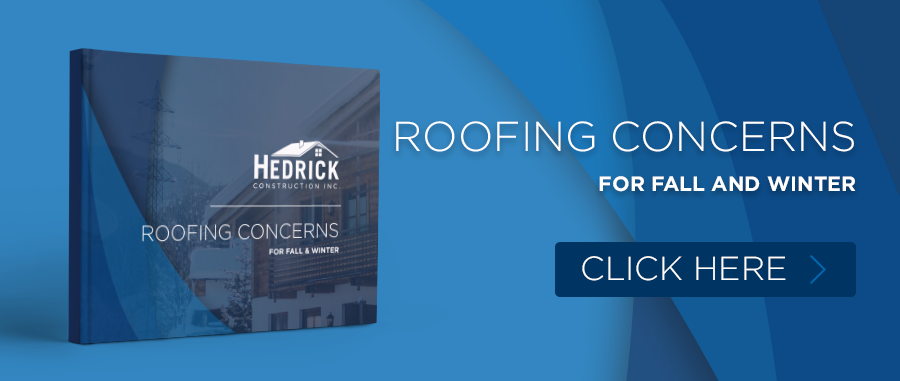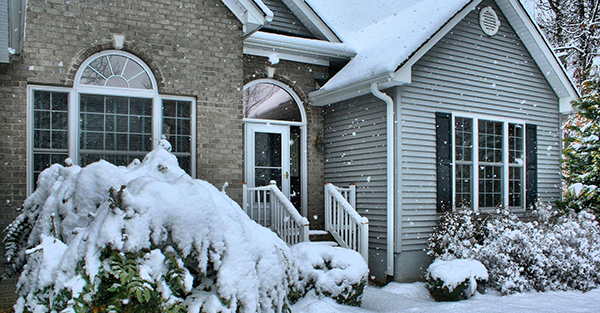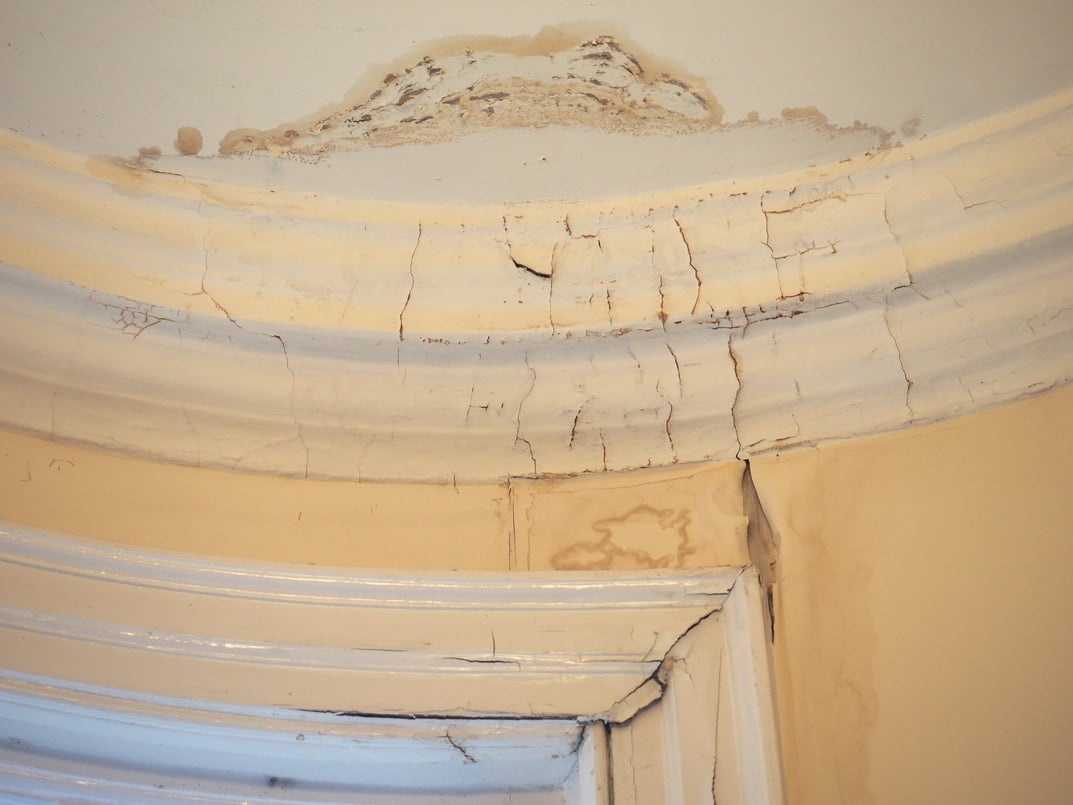
A leak in your roof is never a good sign, but the sooner you can track down the source of the leak, the less damage will be done and the lower your repair costs will be. Leaks can come from a number of different places, which can make them tricky to locate, but being aware of areas that commonly leak is a good start.
Skylights
Unfortunately, it’s fairly common for skylights to leak. Leaks can occur because the installer failed to measure and fit the piece into the roof correctly, or it could be a less serious issue such as worn down or decayed insulation around the edges of the window frame. If water is leaking through the sides of your skylight, then one of these issues is most likely the problem. If the leak is coming in through the upper portion of the skylight, however, the flashing may need to be examined. Check for cracks in the glass as well. A branch may have damaged your window during a recent storm.
Gutters
The cause of your leaky roof could be as simple as clogged gutters. If you see debris, leaves, and twigs in your gutters, water won’t be able to flow freely and could build up behind the blockage. Pooling water could easily spill over and leak into cracks in your roof or siding. To avoid this, clean out your gutters regularly. Installing gutter covers to keep out debris will reduce the amount of time you’ll have to spend on this task.
Valleys
Valleys are the areas where two planes of your roof join together. It’s vital that these areas are sealed properly to prevent water intrusion. This is one of the reasons it’s important to have a trustworthy, professional roofer install or repair your roof. A cheap, quick roofing job could cause a plethora of serious issues to arise over time. A leak in a valley is a complex problem to fix, so hire a professional to do the job for you.
Chimney
Inspect your chimney for wear and tear, holes, damaged or loose flashing or shingles around the base, and missing mortar around the top. Mortar can erode over time and must eventually be replaced.
Flashing
Flashing consists of metal pieces installed around protrusions in the roof, such as vents and chimneys, designed to keep water out of your roof and home. Broken flashing can lead to cracks and leaking in the roof. The seal around your flashing can degrade over time and must be updated to avoid these problems.
Roof Vents
Vents expel heat and moisture from inside the house to the outdoors, so it’s very important that they don’t leak. If the flashing around a roof vent has cracked, the seal will break, and water will be able to leak into the roof around the pipe. If this is the source of your roof leak, you might notice dark areas around the vent on your roof. If you don’t catch it in time, it can cause the surrounding area to decay.
Moss
Moss can build up on a roof and thicken over time, preventing that area of your roof from being able to “breathe” due to its constant contact with moisture. If not dealt with soon enough, the roots of the moss can break the seals between shingles and lift them off the roof. If this happens, moisture will be able to seep into your home and cause all kinds of problems.
Inside the Attic
A problem that is, surprisingly, a pretty common source of leaks through the ceiling is attic condensation. If you notice a leak coming through your ceiling, check your attic for signs of mildew, mold, or mustiness. The leak could be stemming from a hole in the roof, or it could be coming from condensation that forms as warm air from inside your home rises and chills as it reaches the attic. You may need to better insulate or ventilate this part of your home to resolve the issue.
Shingles
If you see parts of shingles or even whole shingles lying around the yard or in your gutters, you need to have your roof repaired. You may also be able to identify missing shingles by simply looking up at your roof from the ground. If you see patches that are a different color than the rest of your roof, shingles might have been blown off during a recent storm.
Ice Dams
Ice dams form when warm patches on your roof melt snow that then drips down toward the edge of your roof and refreezes along the eaves, creating a blockage. This buildup of ice prevents snowmelt from flowing off the roof and onto the ground. The weight of this ice alone can cause breakage of roofing components and gutters. Once something breaks, water can then leak into your home. Ask your roofing contractor for solutions if you experience ice dam problems during the winter.
Have your roof inspected at least once every year. Hiring a professional to properly maintain your roof can save you a lot of money in the long run. Be smart, think ahead, and avoid a roofing catastrophe!








Comments